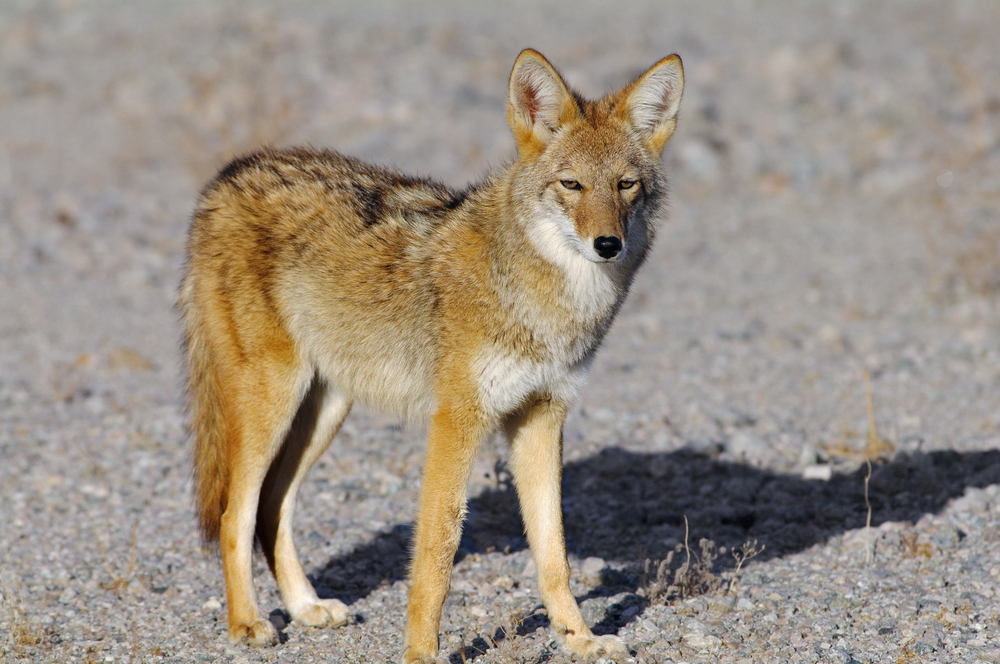Desert Adaptability
Death Valley National Park, a land of extremes and stark beauty, is home to a surprising array of wildlife that has adapted to thrive in its harsh desert environment.
Despite the challenging conditions, from scorching temperatures to scarce water sources, these resilient species contribute to the complex ecosystem of the park, offering visitors a glimpse into the adaptability and diversity of life in one of the hottest places on Earth.
Coyote – Iconic desert wanderers, Coyotes are often seen at dawn or dusk, scavenging or hunting in the cooler hours across the park’s vast landscapes.
Bighorn Sheep – Masters of rugged terrain, Bighorn Sheep navigate the park’s rocky cliffs with ease, a symbol of wilderness and survival in the desert.
Chuckwalla – Large, herbivorous lizards, Chuckwallas are commonly found basking on rocks, their loose skin and stout bodies a unique sight among the park’s fauna.
Kit Fox – The smallest fox in North America, the nocturnal Kit Fox is adapted to the desert life, hunting small mammals and insects at night.
Black-tailed Jackrabbit – With their long ears and powerful hind legs, Black-tailed Jackrabbits are built for speed and cooling, a common sight in the park’s open areas.
Sidewinder – Named for their distinctive lateral movement, Sidewinders are highly adapted rattlesnakes, leaving unique tracks in the sandy soils of Death Valley.
Desert Tortoise – An emblem of the desert, the threatened Desert Tortoise spends much of its life underground, emerging in cooler weather to feed on vegetation.
Roadrunner – These fast and charismatic birds are known for their running speed, hunting skills, and the distinctive crest on their head, embodying the spirit of the desert.
Raven – Intelligent and adaptable, Ravens are a constant presence in the park, soaring above or investigating campgrounds, ever watchful for opportunities.
Tarantula – Often misunderstood, Tarantulas are gentle giants of the spider world, emerging in the cooler months to mate and hunt, fascinating for those lucky enough to spot them.
Death Valley National Park’s wildlife, from the sleek coyote to the elusive tarantula, showcases the extraordinary resilience of species adapted to one of the most inhospitable environments on the planet.































































































